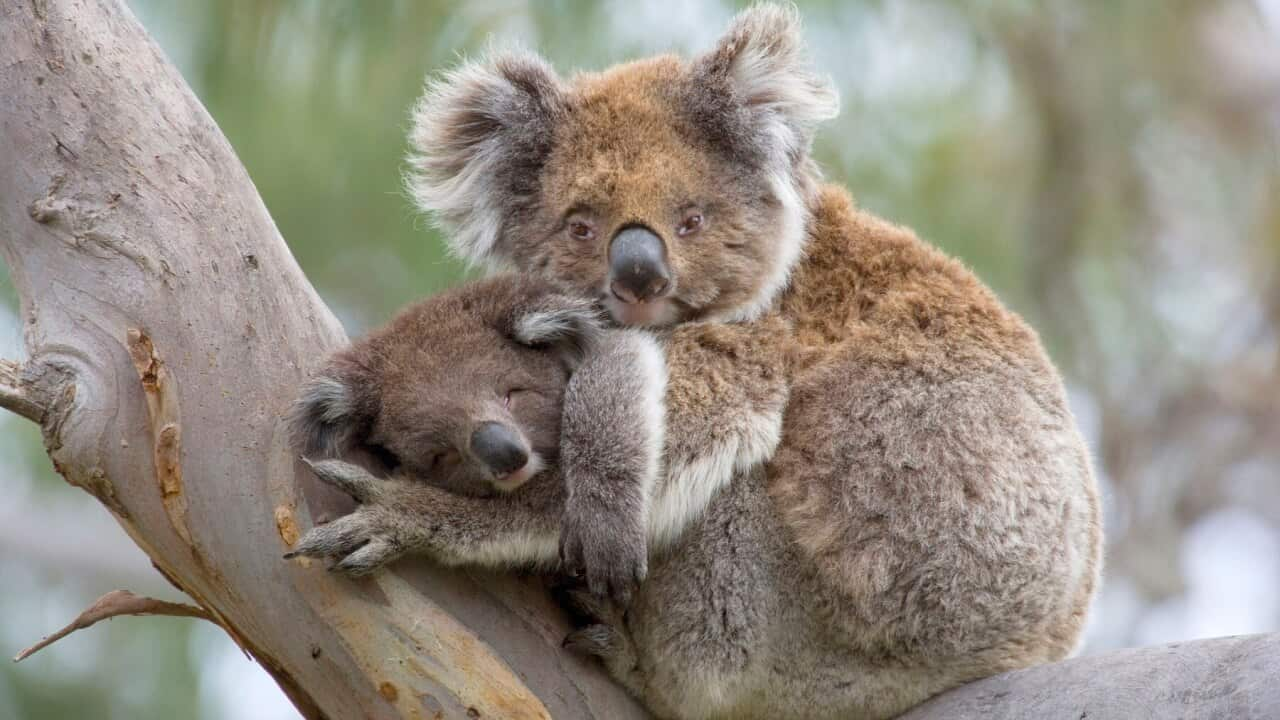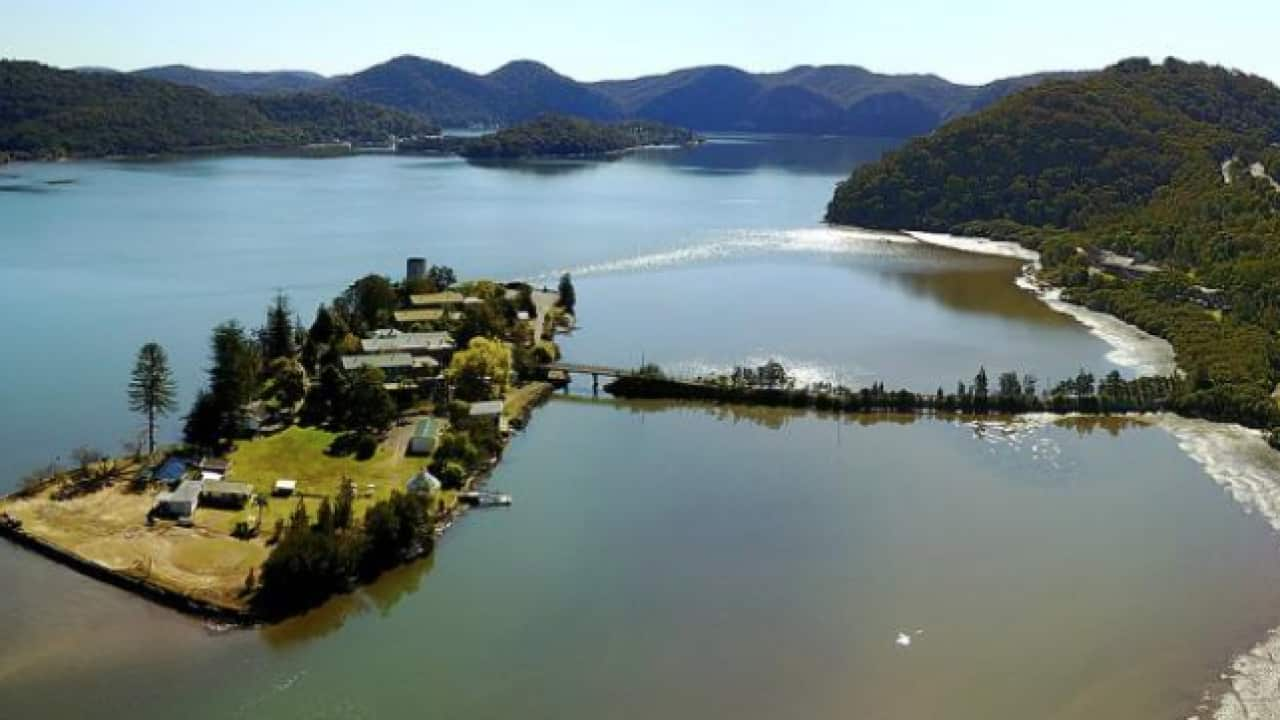First Nations People from Northern New South Wales have voiced their concerns for the future of the Koala species after they were pronounced endangered.
Birrbay and Dhanggati woman Gulwanyang Moran’s totem is the Koala, known in Gathang language as Guula.
“Guula is a significant totem in our bloodline, it's attached to our bloodline," she said.
"We are born into it as an identity within our family group and we have a great sense of responsibility attached to that identity.”
Ms Moran said the survival of koalas is crucial for ‘Maa-Bularrbu’ – a Gathang word that acknowledges the "next seven again".
"Everything we do is for the next seven generations, we have them in mind always. It would make us incredibly sad if this is taken from our children's children's identities if Guula no longer exists,” she said.
“With it being endangered, a massive part of our identity now becomes endangered.”
In the practice of continuation, Ms Moran’s family replaces gift-giving in the festive season, with the adoption of koalas from Port Macquarie Koala Hospital.
The practice enables young members of the family to attach strongly to Guula as part of their identity and assigns them a caretaker role. Ms Moran’s family also regularly spend time on Country, assisting bush regeneration and defending the koala’s natural habitats.
Ms Moran’s family also regularly spend time on Country, assisting bush regeneration and defending the koala’s natural habitats.

Koala populations have rapidly declined in the last two decades. Source: Pexels/Flickr
"We have some cultural land where we do have an agreement with national parks, which is afforded to Birrbay and Dhanggati families," she said.
"We do a lot of bush regeneration work as part of that agreement … it's also an opportunity to teach our kids how to care for Country, and the significance of looking after our totems of that area."
Listed as an endangered species on Friday, koalas populations in Queensland, New South Wales and the Australian Capital Territory will now be protected under the Environment Protection and Biodiversity Conservation Act (EPBC Act) 1999.
The decision comes a decade after koalas were listed as vulnerable and was prompted by advocacy from the International Fund for Animal Welfare (IFAW), Humane Society International (HSI), and WWF-Australia.
According to reports by ecological consultants Biolinks, koala populations in Queensland have decreased by 50 per cent since 2001. Whilst populations in NSW have crashed 62 per cent in the same time. Federal Environment minister Sussan Ley announced, alongside the koala’s newly endangered status, a $50m investment into conservation and protection.
Federal Environment minister Sussan Ley announced, alongside the koala’s newly endangered status, a $50m investment into conservation and protection.

Environment Minister Sussan Ley at a press conference at Parliament House in Canberra. Source: AAP
“Together we can ensure a healthy future for the koala and this decision, along with the total $74 million we have committed to koalas since 2019 will play a key role in that process,” she said.
Despite the Government’s commitments, advocacy groups fear it’s too little too late for the koala.
“Koalas have gone from no-listing to vulnerable and endangered within a decade. That is a shockingly fast decline,” said WWF-Australia conservation scientist, Dr Stuart Blanch.
“[The] decision is welcome, but it won’t stop koalas from sliding towards extinction unless it’s accompanied by stronger laws and landholder incentives to protect their forest homes.”
Dr Blanch noted that despite governments being aware of the threat to koala populations, land clearing in Queensland remains “alarmingly high” and the NSW Government has not yet honoured “its commitment to provide robust protections for koalas in areas of high value habitat”.
HSI Senior Campaign Manager Alexia Wellbelove called the “uplisting” of the koala as a cue for governments to “take a stand against continued clearing of koala habitat”.
“If business as usual continues, extinction is predicted for east coast koalas by 2050. Unless we want to say goodbye for good, we can’t afford anymore clearing,” she said.
With the threat of extinction looming for the iconic species, Ms Moran emphasised the importance of First Nations People being involved in their conservation.
“Monetary investment is great, but we need to see this in policy, in policy that enables self-determination,” she said.
"The only way we are only going to be able to achieve self-determination within policy, is to take a more co-design approach in how we develop policy and practice. If there aren't First Nations People at the table, that isn't a co-design approach.”











